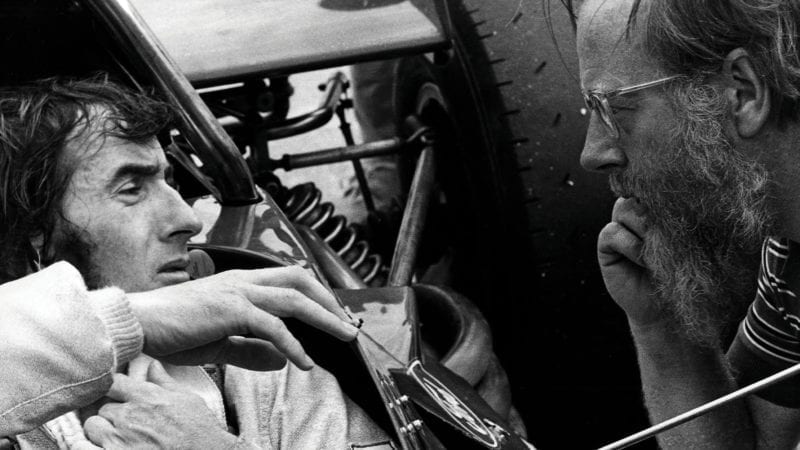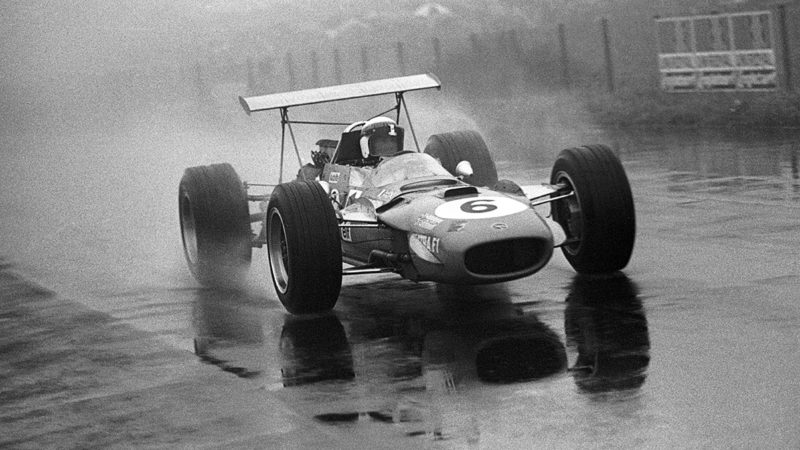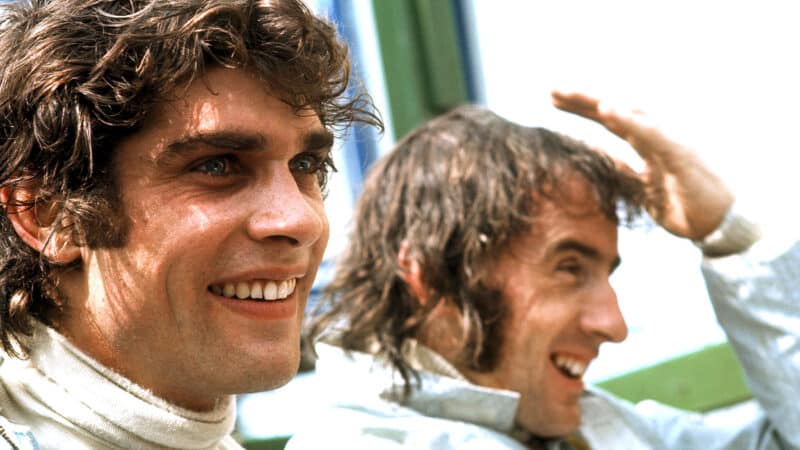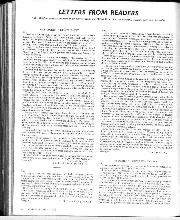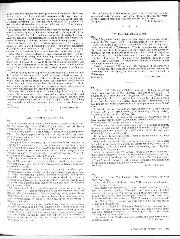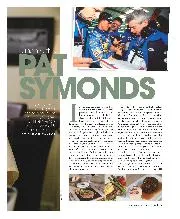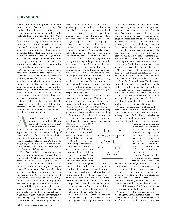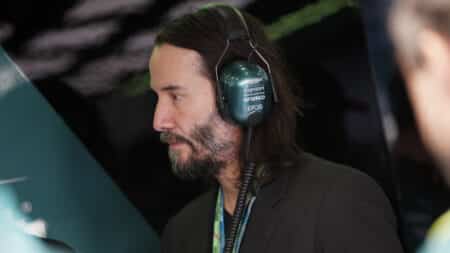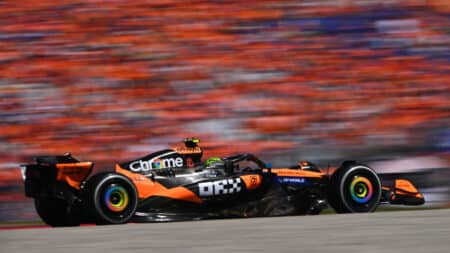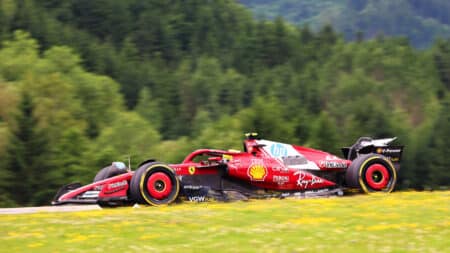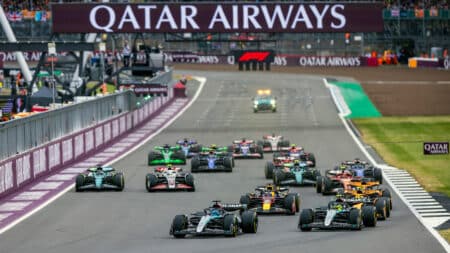“…It is very easy to sit on the fence and criticise – notoriously easy,” he goes on. “You can always find faults in what the other people are doing, but at least they are doing something. All Mr Jenkinson seems to do is lament the past and the drivers who have served their time in it. Few of them, however, are alive to read his writings.”
The letter, inevitably, continues. Jackie repeats his “fence-sitter” accusation to our man, having claimed unconvincingly that he didn’t care what Jenks thought or said about him.
“There is nothing more tragically sad than mourning a man who has died under circumstances which could have been avoided had someone done something beforehand,” he writes. “It therefore always angers me to hear people who oppose an effort to make our sport safer… Such men to me are hypocrites, the only consolation being that in years to come they will probably be looked back on as cranks.
“Whatever Mr Jenkinson thinks, I am a racing driver who loves his sport. The sadness that I have seen and experienced, which could have been avoided, only makes it more detestable to me that your magazine is prepared to project within its pages the sort of thinking that is negative to efforts of others to make motor racing claim fewer lives.”
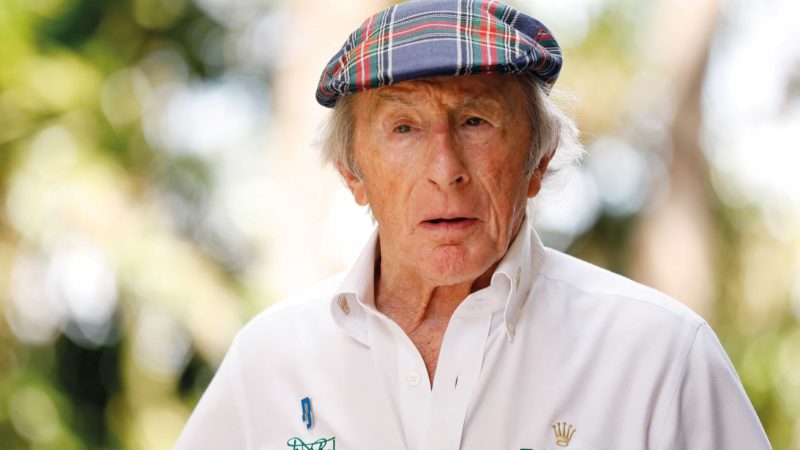
Stewart’s positive impact from his campaigning in the 1970s has been clearly felt in the proceeding decades
Getty Images
Crikey. Remember that ulcer, Jackie…
So what had Jenks written to provoke such ire? As the afternoon slipped further away, I turned to Continental Notes in the June issue.
“John Young Stewart – World Champion”, reads the headline in bold type. In the first line Jenks describes his subject as “a certain beady-eyed little Scot” – and the rant begins.
